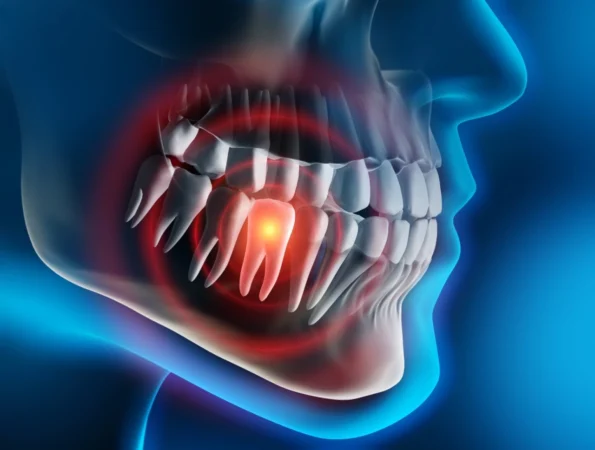
Different Types of Toothaches
Toothaches are a common dental complaint that can vary in intensity, duration, and underlying cause.
By understanding the different types of toothaches, patients can better communicate their symptoms to their dentist and receive appropriate treatment. Let’s explore each type in more detail:
1. Sharp: Intermittent Pain
Sharp, intermittent pain is often described as a sudden, shooting sensation that occurs in response to certain stimuli, such as hot or cold foods, sweet foods, or pressure on the tooth.
This type of pain is commonly associated with tooth sensitivity, which may be caused by enamel erosion, exposed tooth roots due to gum recession, or dental procedures such as teeth whitening.
In some cases, sharp, intermittent pain may also indicate nerve irritation, which can be a sign of more serious dental issues like tooth decay or dental abscess.
2. Dull: Aching Pain
Dull, aching pain is characterized by a constant, throbbing sensation that may be present in a specific tooth or spread across a larger area of the mouth.
This type of pain is often associated with underlying dental conditions such as tooth decay, gum disease, or dental abscess. Dull, aching pain may worsen over time and may be accompanied by other symptoms such as swelling, redness, or sensitivity to touch.
In some cases, the pain may radiate to other areas of the head and neck, making it difficult to pinpoint the exact source of discomfort.
3.Throbbing: Severe Pain
Throbbing, severe pain is typically indicative of a more serious dental issue, such as a dental abscess or severe infection.
This type of pain is often described as intense, pulsating, and relentless, and may be accompanied by swelling, fever, or difficulty swallowing.
Throbbing, severe pain requires immediate attention from a dentist to prevent further complications and alleviate discomfort.
Delaying treatment for this type of toothache can result in the spread of infection to surrounding tissues and may lead to more extensive dental procedures or even tooth loss.


